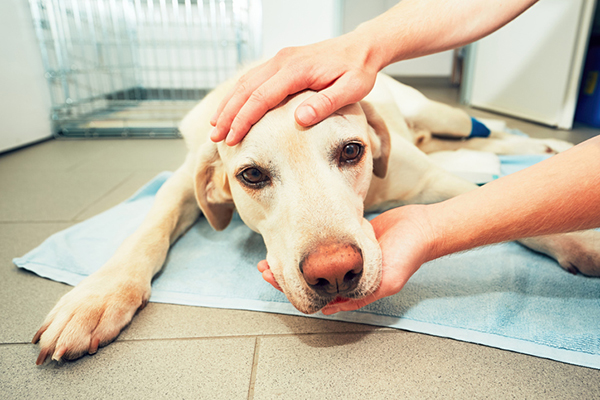One of the biggest reasons to avoid contact with wild animals is the risk of contracting the diseases they can potentially carry. Rabies ranks high among those diseases and raccoons are among the common carriers. But sometimes distemper in a raccoon can be mistaken for rabies. We’re exploring some similarities and differences between these two conditions as they occur in raccoons. You should note though, that in both cases, humane raccoon removal is recommended by experts as the ideal solution to a raccoon problem.
Rabies and Distemper – Identical twins?
Rabies and distemper share a few symptoms that may cause people to mistake one for the other. The primary similarity is the appearance of the infected animal. An animal with matted hair or fur and strange behavior including loss of the innate fear of human beings could be suffering from either rabies or distemper. Both ailments also cause the animals to lose muscular control resulting in changes in movements such as limping or dragging a limb behind them. These are the identifying features that make the two diseases appear identical to the untrained eye.
The close resemblance between these two diseases could spell trouble for the Toronto area which has seen a steady increase in the number of sick raccoons turning up on residential and commercial spaces. Many of the animals are mistakenly identified at a first glance as being infected with rabies when in fact they are suffering from distemper.
Distinguishing Between Distemper and Rabies in Raccoons
As you can see, rabies and distemper can appear to be one and the same but in reality, they are quite different. While rabies poses a potential health threat to human beings, distemper does not. It can only be passed on to other animals. This means while you are safe from distemper, your domestic animals are not, especially your dog. You can protect your dog from distemper by getting him/her vaccinated.
So how do you differentiate between the raccoon that has rabies and one that is suffering from distemper? Well for one a raccoon infected with rabies will display signs of aggression while one affected by distemper will appear to be less active, and in fact, will be lethargic or disoriented. Unlike rabies, an animal with distemper will carry a foul odour.
Letting the Experts Weigh In
The most definitive way to identify the disease a wild animal is facing is to run laboratory tests. This is why it is so important to contact the experts when a raccoon is seen behaving suspiciously or demonstrating the symptoms of any disease. Expert animal control personnel can distinguish between the two diseases and act appropriately to neutralize the threat of the disease spreading without harming the animal.
When you report a sick raccoon you are doing yourself and the species a favour. This is because distemper, like rabies, has a deadly effect on raccoons. In fact, it is only second to humans as the leading causes of raccoon fatalities. It has the potential to wipe out entire colonies of raccoons and potentially entire sub-species. This is why it is so crucial that the authorities be informed so they can intervene quickly and prevent further spread.
Wild animals like raccoons should be removed through safe humane methods when they enter human-occupied spaces. Removal is crucial as it limits the spread of the disease, essentially protecting people and domestic animals from the associated health risks. Undoubtedly, humane raccoon removal is key to keeping distemper and rabies outbreaks under control.



